A Complete Guide to Pocket Knife Shapes
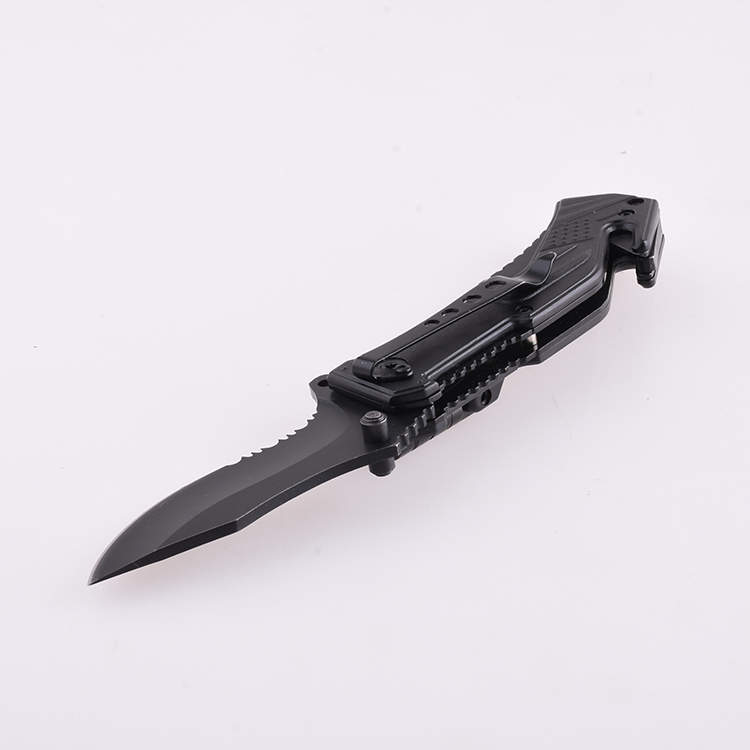
Pocket knives can be described as nifty and foldable knives that have short blades and compact handles. Most pocket knives can fit inside the palm of an adult’s palm when closed, hiding them away from view. This is why they are described as concealed weapons in many states in many places around the world. The most iconic part of a pocket knife is the blade, and that comes in many shapes and designs that are quickly described below.
Drop-Point Blade
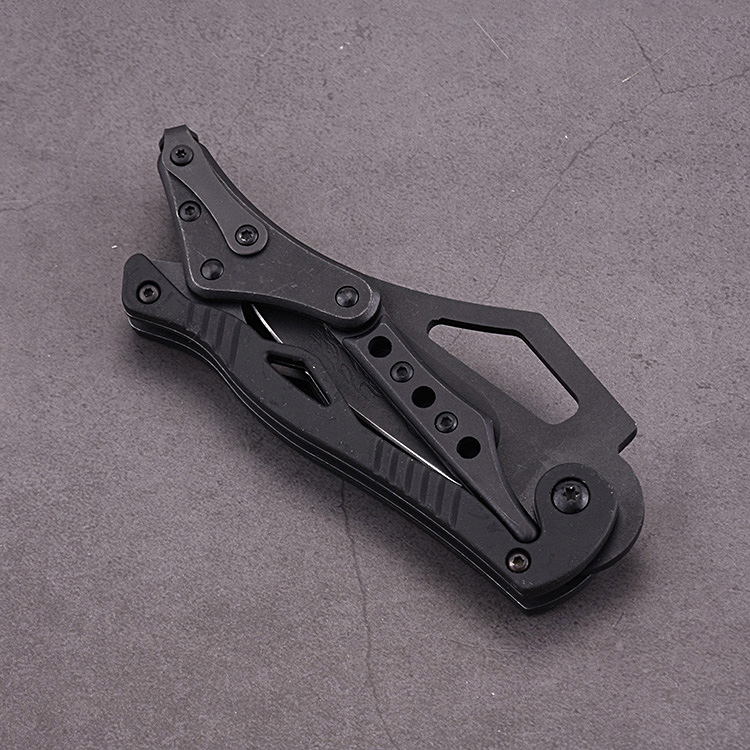
This is a common shape that’s found in most defensive pocket knives. It features a short but wide blade that ends in a pointed blade and is sharpened on one side. This creates a gradual down-slope that gives the user better control. The handle is slightly longer than the blade to provide enough grip area to stop the hand from slipping over the blade. Drop-point blades are mainly used for slicing and skinning jobs.
Clip-Point Blade
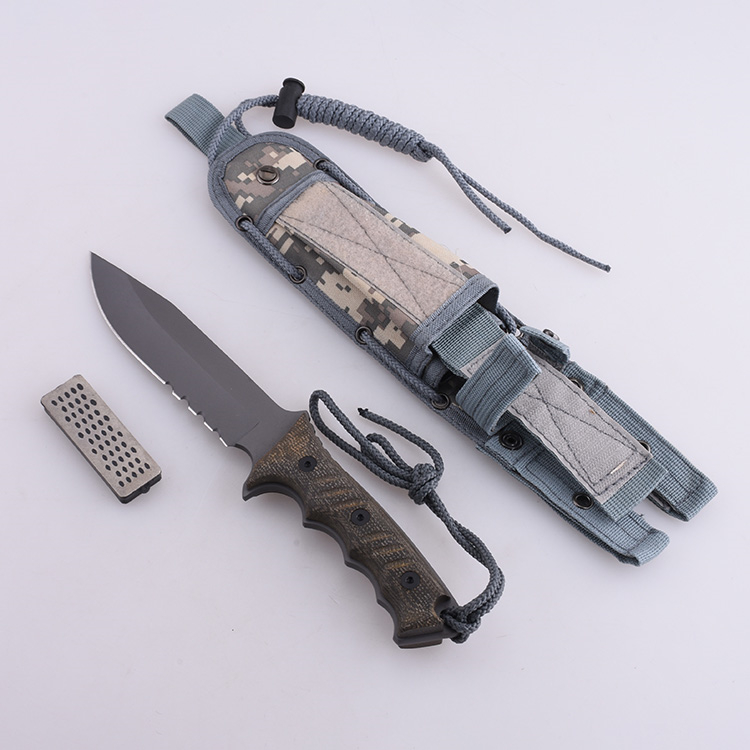
This is almost similar to the drop-point blade, but the blade has a little clip on the spine, and it is more rugged. It is a general-purpose blade but very stable, meaning it can also be used for the hard tasks that most knives wouldn’t be able to handle. Clip-point blades are used as survival knives, and they work especially well when it comes to precision tasks. This is the blade you want on you when being attacked.
Tanto Blade
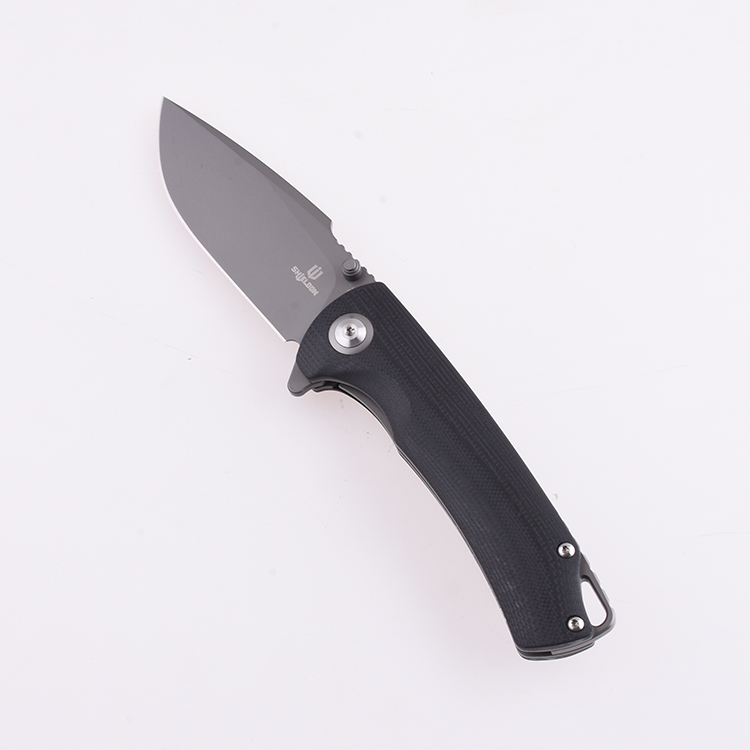
Tanto blades originated from Japan, and they are one of the most beautifully designed blades you will ever come across. They have a very strong blade that has a very rectangular design and a short handle. It is designed for piercing and stabbing jobs, but the sharp edge can be used for a number of other tasks. The toughness of the tanto blade marks it as an ideal survival knife.
Spear-Point Blade
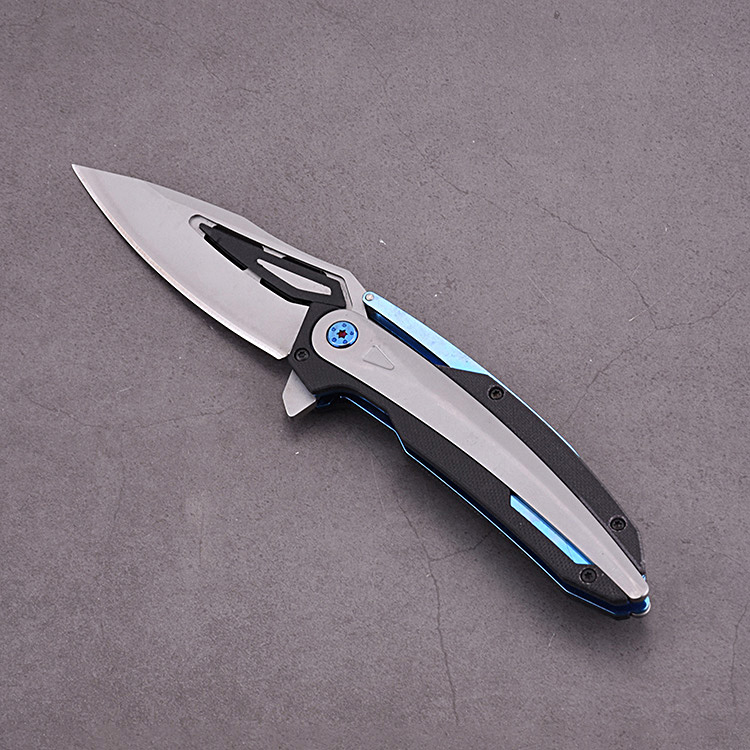
This is a pocket knife blade that has identical equal slopes on either side. This places the point of the blade right in the middle resembling a spear. It is ideal for slicing and stabbing and is mainly used as a defensive tactical knife. When well sharpened, this knife can come in handy since you can use both sides for cutting. Many owners of this knife use it for throwing, and in most places around the world, it is classified as a weapon that requires licenses to carry them around.
Blunt Tip Blade

This is a bizarre type of blade; it has a blunted tip that has a symmetrical blade on either side that is sharpened like those of a spear blade. This unique shape gives it a number of unique functions and is mostly used by boaters, kayakers, and divers for cutting lines and ropes. It wouldn’t be an ideal knife for outdoor campers who are looking for something tactical, but if you are a lover of boating and kayaking, then this would be the best fit for you.
Trailing-Point Blade

This is a hunter blade used in knives that have a back of the blade taking a steep upward curve. This gives the knife-edge a very curvy and ice underbelly that can be used for piercing and slicing animal skin quickly. However, this blade design has been found to have a very shaky design, and it is easy for the hand to slip over the handle, injuring the user if they are not careful.
Hawkbill Blade

This is the opposite of the Trailing blade as it has the signature curve but one that points downwards. The longest side is on the outer curve, which can also be sharpened to form the cutting edge, although most people prefer using the inner curve for cutting purposes. Based on its shape, this is not a knife that would be used for general purposes; it is too specific and can only be used for limited roles like cutting ropes and chords and maybe pruning gardens.
Straight Blade
This is the most common blade found in pocket knives. It is more traditional, and the straight blade gives it a good piercing power. They are also made heavy to increase their cutting power. They are good for outdoor activities, but they are generally multipurpose blades and can even be used in the kitchen in the absence of regular kitchen knives. Most come with a simple design that starts from the hilt of the handle that is usually round with a groove for the blade to fold back in.
Sheepsfoot Blade
This is a common type of blade that emergency personnel carries with them as it is the epitome of efficiency and safety. It cuts very well and can be used in very close quarters without putting the hand of the super at any risk. This is due to the unique design that gives it a dull point and a back that is thick enough for a hand to apply pressure from the top without it signing into the hand. The blade was used to trim sheep feet, and that’s how it got its signature name from.
Conclusion
There are countless more types of pocket knife blades that we cannot be able to discuss all here. But the general consensus is that they are one of the handiest blades you will ever come across due to their portability and efficiency. To learn more about pocket knives and the many things they can be used for, check out our website (Shieldon - OEM knives) when you find time and have all your concerns and questions addressed.
You can also follow us through the following ways:
https://www.facebook.com/ShieldonCutlery
https://www.instagram.com/shieldon_knives_and_tools/
https://www.youtube.com/channel/UC_Dz--HODWHFY4AaUF0z11Q
https://twitter.com/Shieldonknives1/
https://shieldonknivesandtools.tumblr.com/
https://www.linkedin.com/company/72285346/
https://www.pinterest.com/shieldonknivesandtools/
More video introductions:
https://www.youtube.com/watch?v=1cPRrFFJpwM
Article source: A Complete Guide to Pocket Knife Shapes | Shieldon

